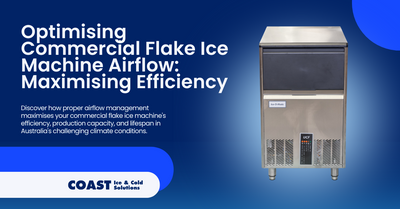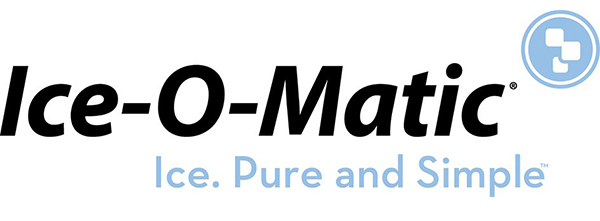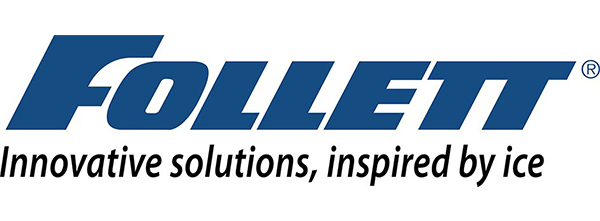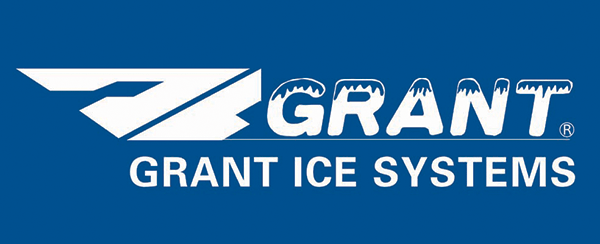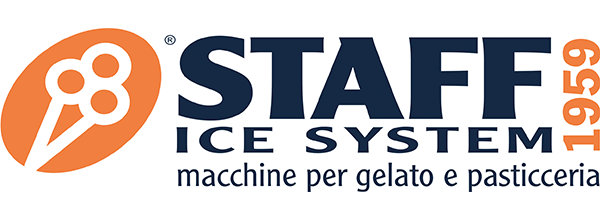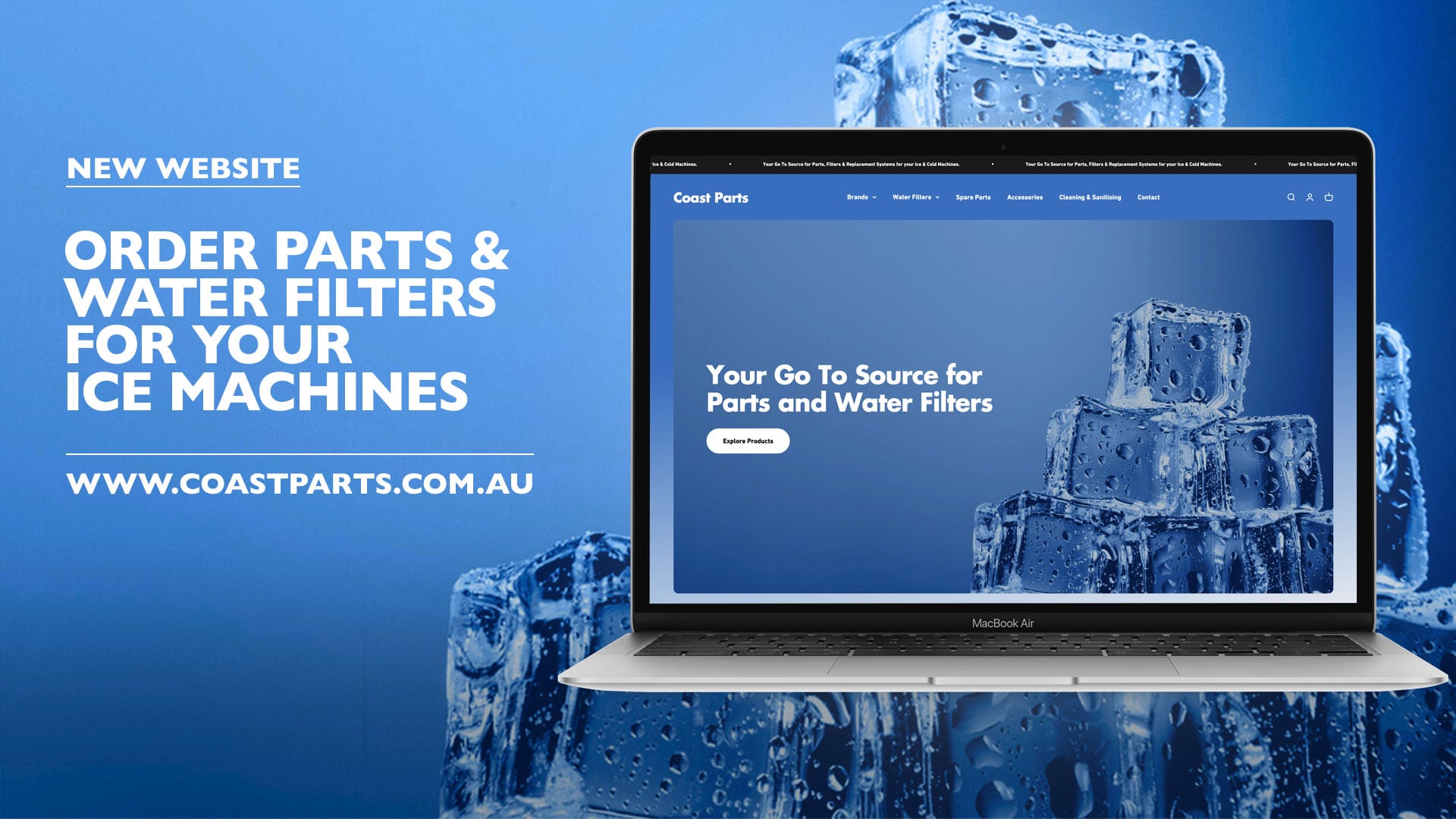Optimising Commercial Flake Ice Machine Airflow: Maximising Efficiency for Australian Businesses
The Coast Team on 25th Mar 2025
In commercial food service, healthcare, and scientific applications across Australia, reliable ice production isn't just a convenience—it's essential. Flake ice, with its soft, moldable texture and rapid cooling properties, plays a vital role in seafood displays, medical applications, and laboratory research. Yet one critical factor often determines the difference between optimal performance and costly inefficiency: proper airflow.
While businesses typically focus on production capacity and ice quality when purchasing a flake ice machine, inadequate attention to ventilation can prevent even premium equipment from delivering promised performance. Proper airflow isn't merely a recommendation—it's fundamental to the refrigeration physics that powers these machines, particularly in Australia's challenging climate zones.
Industry Challenges in Commercial Ice Production
Australian businesses face unique challenges with commercial ice production. With ambient temperatures regularly exceeding 30°C in summer months, cooling systems must work harder than in temperate climates, creating particular strain on self-contained units. The heat generated during ice-making must be efficiently dissipated to maintain production capacity.
Space constraints in busy kitchens often lead to ice machines being installed in less-than-ideal locations. Healthcare facilities require consistent ice production for therapeutic applications but may have limited options for machine placement. Seafood markets depend on flake ice for displays yet struggle with the heat load of multiple refrigeration systems operating in proximity.
Recent surveys of Australian food service businesses reveal that nearly 40% report ice machine performance issues during peak summer months, with insufficient airflow identified as the primary factor in most cases. These statistics highlight a critical knowledge gap in understanding how ventilation affects ice production.
Financial Implications
When ice machines can't maintain optimal production due to overheating, businesses face immediate costs—from emergency ice purchases to potential food spoilage. Long-term consequences include increased energy consumption, accelerated component wear, and shortened equipment lifespan. For a typical mid-sized restaurant, these inefficiencies can translate to thousands of dollars in avoidable expenses annually.
The Science of Airflow in Flake Ice Production
Understanding why airflow matters requires a basic grasp of refrigeration principles. Flake ice machines operate through a refrigeration cycle that transfers heat from water to produce ice, generating significant heat that must be removed from the system.
The refrigeration cycle involves a compressor pressurising refrigerant, condensing it from gas to liquid and releasing heat. This heat must be expelled efficiently through the condenser, which requires adequate airflow across its coils. When airflow is restricted, condensing temperature rises, forcing the compressor to work harder while producing less ice.
Most commercial flake ice makers use air-cooled condensers that rely entirely on ambient air circulation to dissipate heat. Unlike water-cooled systems, air-cooled units are particularly sensitive to their installation environment and the space allowed for ventilation.
The physics is straightforward: for every kilogram of ice produced, a specific amount of heat energy must be removed from the system. When airflow is compromised, this heat removal becomes inefficient, creating a cascade of performance issues—operating temperatures increase, production capacity decreases, and component stress accelerates wear on critical parts like compressors and fan motors.
Premium Flake Ice Solutions from Coast Distributors
Coast Distributors offers several advanced flake ice systems designed with optimal airflow management in mind. Each model addresses specific operational needs while maintaining the core principle of efficient ventilation.
The Ice-O-Matic UCF165A Self-Contained Flake Ice Maker exemplifies thoughtful engineering that addresses many common airflow challenges. With a production capacity of up to 80kg of ice daily and a substantial 25kg bin capacity, this unit is designed specifically for demanding environments where consistent ice production is essential.
What distinguishes the UCF165A in terms of airflow management is its specially designed front air louvres. Unlike traditional designs requiring substantial clearance at the rear or sides, this innovative approach allows for more flexible installation options while ensuring critical ventilation needs are met.
For businesses with higher production requirements, the MFE414ABT Maestro Plus Flake Ice Maker offers impressive capacity of up to 193kg per day. This top-mount unit features environmentally friendly R290 refrigeration and incorporates automatic self-flushing technology for superior scale control—a feature that indirectly supports airflow efficiency by preventing mineral buildup on critical heat exchange surfaces.
The Follett UFE425A80-PD Maestro Self-Contained Flake Ice Maker represents another premium option, particularly suitable for undercounter applications with space constraints. This model produces up to 193kg of ice daily with a 34kg storage capacity, and notably requires no side clearance—an important consideration when planning for proper ventilation in tight installations.
Installation Best Practices for Optimal Airflow
Proper installation begins with thorough site assessment and planning. Before positioning any flake ice machine, consider these critical factors to ensure adequate airflow:
Ambient temperature is a primary consideration in Australia's varied climate zones. Installation locations that already experience elevated temperatures—such as near cooking equipment or in direct sunlight—will place additional strain on the cooling system. Ideally, the ambient temperature should remain below 32°C for optimal performance, though units like the UCF165A can operate at higher temperatures with appropriate ventilation.
Clearance requirements must be respected even with front-vented designs. While the UCF165A's front louvres offer greater flexibility, maintaining at least 15cm of space above the unit and 5cm on each side significantly improves airflow efficiency. For back-vented models, a minimum of 15cm clearance from walls or other equipment is essential.
Air quality in the installation environment also impacts performance. Kitchens with heavy flour usage, dusty storerooms, or locations near construction can introduce particulates that gradually restrict airflow through condenser coils. Consider these factors when choosing placement, and implement more frequent maintenance schedules in challenging environments.
For undercounter installations, which are common in bars and smaller kitchens, additional considerations apply. Enclosed cabinet spaces need supplemental ventilation such as toe kicks with adequate openings or cabinet modifications that allow proper air circulation. The Follett Maestro series with its specialised design is particularly well-suited for such installations, but proper ventilation planning remains essential.
Maintenance Strategies for Sustained Airflow Efficiency
Even the best installation will degrade in performance without proper maintenance routines focused on airflow management. A comprehensive maintenance schedule should include:
Weekly visual inspections of air intakes and exhaust areas to check for obstructions. Staff should be trained to keep items from being stored against or on top of ice machines, as this is a common cause of restricted airflow.
Monthly cleaning of external louvres and accessible condenser surfaces helps prevent dust accumulation that can gradually reduce airflow. This can typically be handled by on-site staff using soft brushes and vacuum attachments.
Quarterly condenser cleaning is more thorough and may require professional assistance depending on the unit's design. For the UCF165A, the accessible front louvres simplify this process. The condenser coils should be carefully cleaned using appropriate commercial cleaning solutions and low-pressure air or specialised brushes to remove built-up debris without damaging the delicate fins.
Coast Distributors recommends their approved cleaning kits (Part Number CD5CK) for safe and effective maintenance. Unlike some corrosive cleaners that can damage key components, these solutions are specifically formulated for ice machine cleaning. With over 1,700 ice machine spare parts in stock to suit all major brands, Coast Distributors can also provide the necessary components to keep ventilation systems operating at peak efficiency.
For businesses seeking to enhance their maintenance protocols, Coast Distributors offers the EcO3Ice system, which uses diamond-based technology to continuously treat incoming water, killing bacteria and reducing biofilm buildup. This innovative solution extends the time between cleanings while ensuring sanitized conditions throughout the ice-making path.
Performance Enhancement Technologies
Beyond basic maintenance, several technologies can help optimise airflow and overall performance. The Chill Tech cold transfer system, available from Coast Distributors, improves ice production by reducing the temperature of water entering the ice maker. This system can increase production by up to 30% while reducing energy consumption—a significant advantage during hot Australian summers when cooling systems are already stressed.
While primarily designed for modular cube ice makers, the principles behind this technology demonstrate the importance of managing thermal loads throughout the refrigeration system. By reducing the initial water temperature, less heat needs to be removed during the freezing process, potentially alleviating some pressure on the airflow-dependent condensing system.
Regular water filter replacements are another critical aspect of maintaining optimal performance. Coast Distributors recommends the CD10B water filter specifically for the UCF165A, helping to ensure clean water supply while preventing mineral buildup that can affect both ice quality and machine efficiency.
Practical Applications and Business Benefits
Understanding and implementing proper airflow management delivers tangible benefits across various industries:
In restaurants and bars, consistent ice production during peak service periods translates directly to customer satisfaction. When ice machines underperform due to poor ventilation, service disruptions can affect beverage quality and presentation. Proper installation and maintenance ensure your establishment never runs short during crucial business hours.
Healthcare facilities rely on flake ice for therapeutic applications and medication cooling. Temperature-sensitive medications and treatments depend on consistent ice availability—making proper machine function not just an operational concern but potentially a patient care issue. The UCF165A's reliable performance when properly ventilated makes it particularly suitable for these critical applications, producing the granular, slow-melting quality ice perfect for medical needs.
Seafood displays in markets and supermarkets use flake ice extensively for product presentation and preservation. The MFE414ABT's substantial production capacity makes it ideal for these applications, with its flake ice perfectly cradling fish and vegetables without bruising.
From a financial perspective, the benefits are clear. Properly ventilated ice machines consume up to 25% less electricity compared to units with restricted airflow. They also experience fewer breakdowns, with industry data suggesting that adequate airflow can extend compressor life by 2-3 years—a significant saving considering compressor replacement often costs 40-50% of a new machine's price.
Future Trends in Ice Machine Airflow Technology
The commercial ice machine industry continues to evolve, with several emerging trends focused on airflow optimisation:
Smart monitoring systems are increasingly being incorporated into premium models, allowing real-time tracking of operating temperatures, airflow parameters, and potential ventilation issues. These systems can alert owners before problems affect production, enabling proactive maintenance.
Energy efficiency improvements focus heavily on optimised airflow designs. The R290 refrigeration system used in the MFE414ABT represents this trend, delivering efficient performance while meeting environmental standards. Newer condenser technologies with enhanced surface areas and improved fan systems are reducing energy consumption while maintaining performance in challenging environments.
Climate-adaptive controls represent another advancement, with sophisticated algorithms that adjust machine operation based on environmental conditions. These systems promise more consistent production across varying temperatures while maximising energy efficiency.
For Australian businesses considering equipment upgrades, watching these technological developments may provide opportunities for significant operational improvements in the coming years.
Conclusion: Maximising Your Ice Production Investment
The science is clear: proper airflow is not optional but fundamental for efficient, reliable flake ice production. From the physics of heat exchange to the practical realities of installation constraints, understanding these principles enables Australian businesses to maximise their investment in commercial ice equipment.
Coast Distributors' comprehensive range of flake ice solutions—from the versatile UCF165A with its innovative front air louvres to the high-capacity MFE414ABT and the space-efficient Follett Maestro series—exemplifies thoughtful design that addresses many common airflow challenges. But even the best equipment requires proper installation and maintenance to deliver its full potential.
Our team offers comprehensive consultation on installation requirements, maintenance protocols, and technology selection tailored to your specific operating environment. With extensive experience serving the Australian market and warehouses in Sydney, Melbourne, and Perth, we understand the unique challenges posed by our climate and commercial spaces.
Whether you're installing a new flake ice system, troubleshooting performance issues with existing equipment, or planning a facility with multiple ice production points, our specialists can help optimise your setup for maximum efficiency and reliability. Contact Coast Distributors today at 1800 688 590 or visit our website to discover how our knowledge and premium equipment offerings can support your business requirements for years to come.

